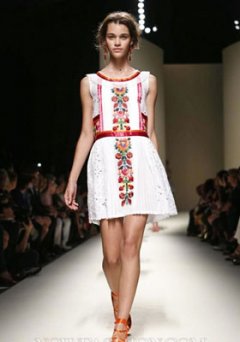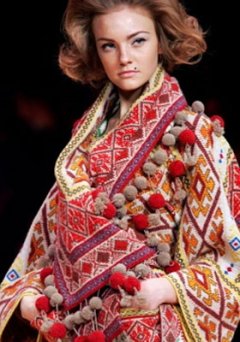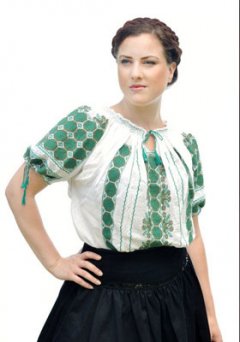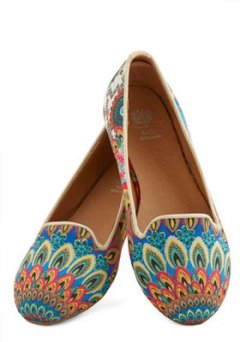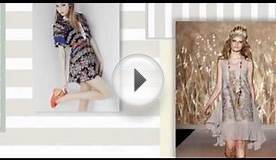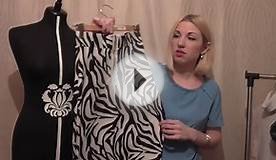Ethnic Clothing Style
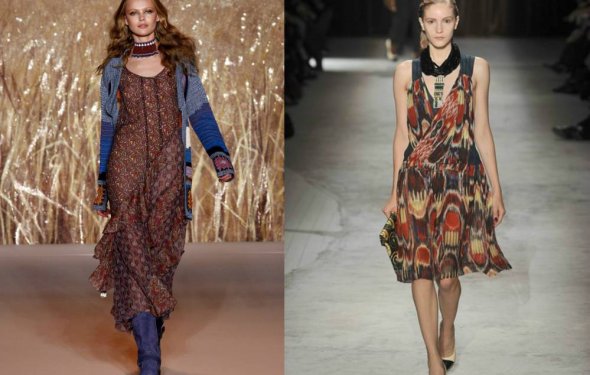
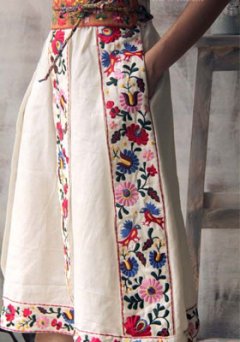 Almost all kinds of clothing can be performed in this style.
Almost all kinds of clothing can be performed in this style.
Ethnic
Yubes are traditionally long, up to the peanut or even up to five. Frequently multiple layers, from a slightly influential cloth, with multiple fences and vollans. The Yubka is also a very common option. The plugs in this style are clicked.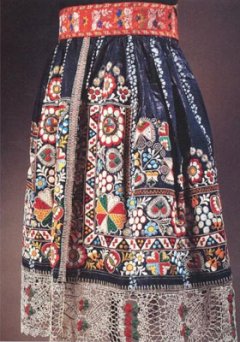 An exemplary element is a wide winning leather or strap tied to the top of the skirt or a trouser.
An exemplary element is a wide winning leather or strap tied to the top of the skirt or a trouser.
Ethnic dress and sarafans
The dresses and sarafans have a wide and free force and the same length as skirts. Many models have a focus on the waist as a broad wheat or leather belt.
Ethnic blouses and coffets
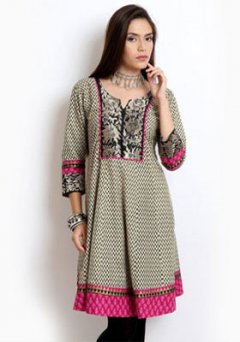 Cofts and blouses are diverse, ranging from summer circumferential blouses, separated by biser or rations, to warm cardigans and vests.
Cofts and blouses are diverse, ranging from summer circumferential blouses, separated by biser or rations, to warm cardigans and vests.
Ethnic shoes
The footholders of this style choose a strong and convenient, often wooden sole and natural material. It could be petal sandals or wooden sabos. A more traditional option is shoes on low heels or no heels at all, and, necessarily, they're made of some kind of strap. At a cold time of the year, there are boots on the sheep or the sheep boots, together with the sheep.
Ethnic Axes
The bags are presented in two types: small peste or large unformed bags.
There are many ethnic supplements. It's warm wools, red coats, long colorful scarfs. A very interesting element of clothing is broad and free ponchos associated with wool. Attention is drawn to the hoods and hoods. They wear knive hats and berets and straw hats that are separated by bright ribs. And all this creative ensemble ends with cotton stockings or knots.
Of the decorations, those made from natural materials such as wood, stone, metal, glass, as well as a variety of bisera and nitock pines are the most part of the concept of the style in question.
